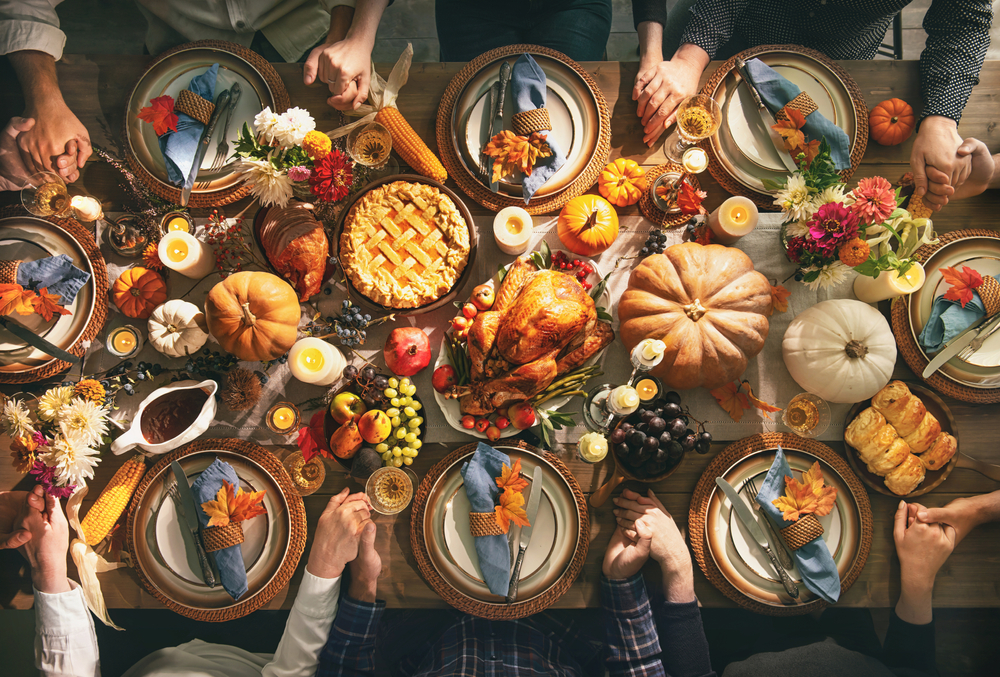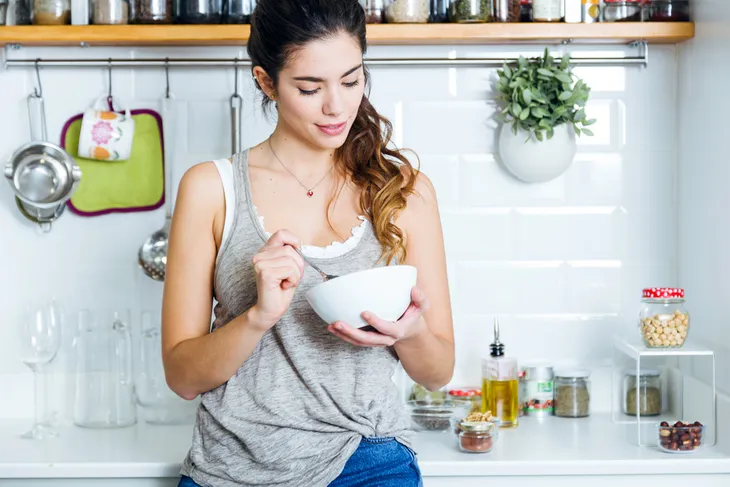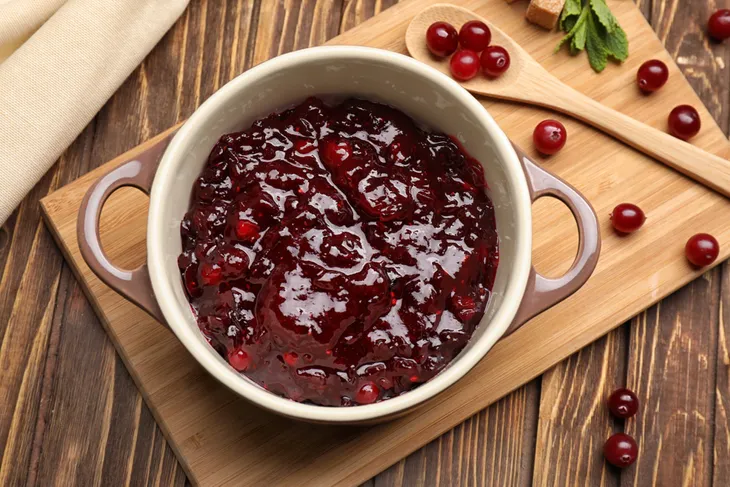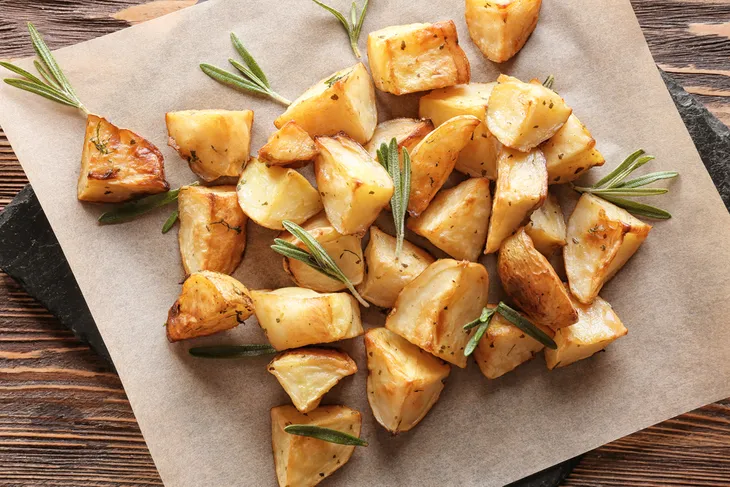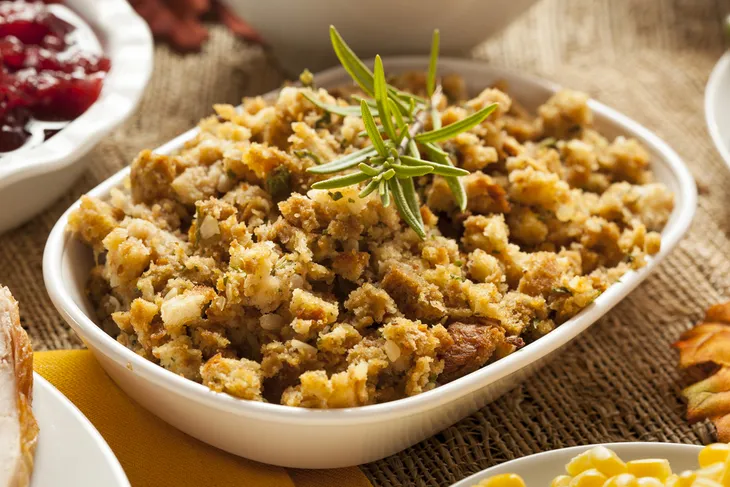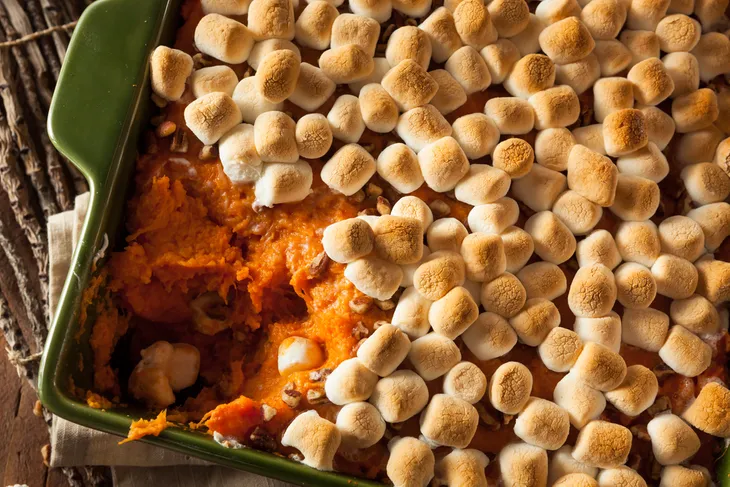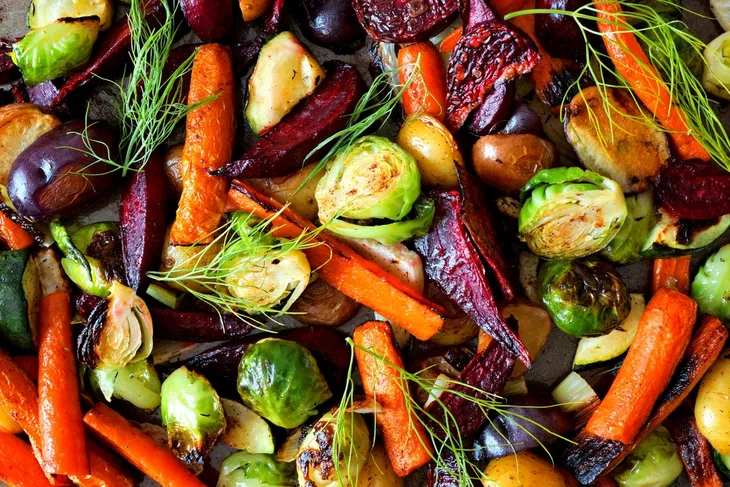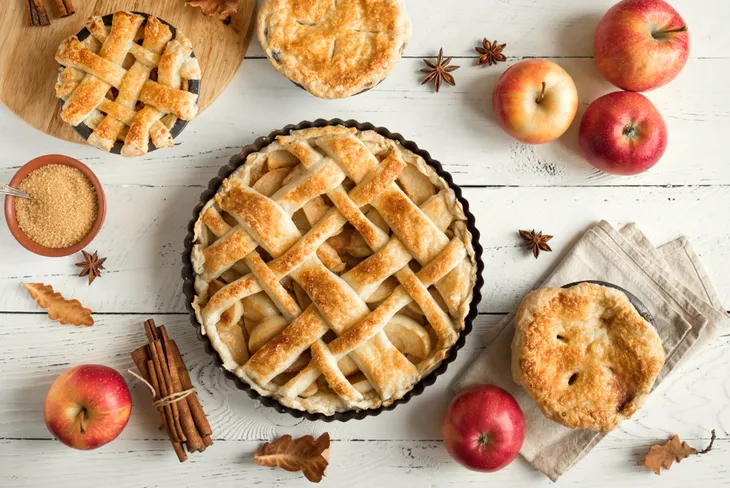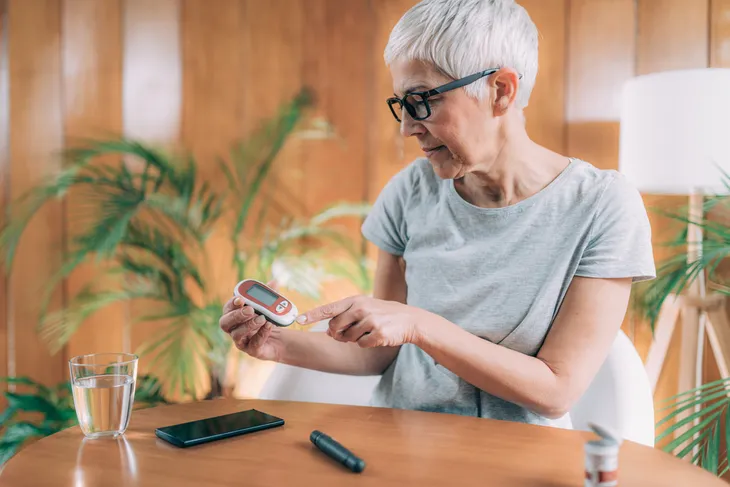- Thanksgiving dinner tables are often filled with lavish casseroles, delicious sides, and sweet pies, which can be a challenge to navigate if you have diabetes.
- Luckily, you can still enjoy the guilty pleasures but it takes a bit of extra planning.
- Here are a few tips plus a list of foods to eat and avoid to help you enjoy a healthy and happy Thanksgiving holiday.
Holidays like Thanksgiving can be fun and exciting and an opportunity to reconnect with family. Though the holiday is about giving thanks, food is also a central focus. Lavish casseroles with marshmallow tops, sugary beverages, and sweet pies often fill the tables, which can be a nightmare to navigate for anyone living with diabetes. But it doesn’t have to be.
Individuals with diabetes can still enjoy all the guilty pleasures of Thanksgiving dinner but it takes a bit of extra planning. Follow along as we take a look at a few simple tips to help you navigate a Thanksgiving meal plus a list of foods to eat and avoid.
Tip: Make a Game Plan
Ahead of the big holiday, make a game plan. Yes, the Thanksgiving table is often overflowing with delicious options, but that doesn’t mean you have to eat everything. Strategic planning can help you avoid temptation once the food is in front of you.
Whether you’re hosting the dinner or attending one, be sure to make a few low-carb and low-sugar dishes to share. This way you can help balance your plate. It’s also a good idea to divide your plate into portions with half the plate being vegetables, one-quarter of the plate with lean protein, and one-quarter with your favorite traditional Thanksgiving sides like mashed potatoes or stuffing. Moderation and portion control is key!
Tip: Start the Day With a Healthy Breakfast
Make sure you don’t skip breakfast or lunch, especially on Thanksgiving day! Eating a healthy breakfast is a great way to avoid temptation because you won’t be showing up to Thanksgiving dinner feeling too hungry. It can also help prevent overeating too.
According to Orlando Health, a healthy start to the day should include protein, whole grains, and fresh fruit. The source also says to make sure you get plenty of fiber to help manage blood sugar levels and hunger. If you’re feeling hungry before dinner, reach for fruits and vegetables to snack on. Protein-rich foods like cheese, nuts, or meat are also great snacks to consider. Also, if you’re feeling hungry, the source says maybe try drinking water first as some people confuse thirst with hunger.
Eat: Turkey
Turkey is often the main course of Thanksgiving dinner and you’ll be happy to know this is a great option for people with diabetes. Turkey is an excellent source of protein and it’s chock full of essential vitamins and minerals. It’s also low-fat when you opt for white meat with no skin.
According to WebMD, a single 3-ounce serving of roasted turkey (without the skin) is only 145-calories, 25-grams of protein, 4-grams of fat, and 0-grams of sugar. This means eating turkey won’t cause a drastic spike in blood sugar.
Avoid: Canned Cranberry Sauce
Cranberry sauce is often paired with turkey but you should err on the side of caution when you see it on the table. If you didn’t bring the cranberry sauce be sure to find out if it’s the canned variety and if it is, it’s best to avoid it.
Canned cranberry sauce is often chock full of sugar. In fact, a standard can of Ocean Spray Jellied Cranberry Sauce contains a whopping 24-grams of sugar. If you can’t enjoy your Thanksgiving dinner without it, try making your own where you can control the ingredients. Luckily, making a diabetes-friendly cranberry sauce is easy!
Eat: Potatoes (But in Moderation)
Roasted potatoes or mashed potatoes are another must-have Thanksgiving dish but people with diabetes should err on the side of caution with this dish too. Though people with diabetes can eat potatoes, it’s very important to limit portion sizes because of their high carb content, explains Healthline.
The source suggests always eating the skin and opting for low GI varieties. It’s also best to stick to boiling, baking, or steaming cooking methods. You can certainly enjoy your favorite potato dish but remember to plan ahead, find out how many carbs are in your dish, and adjust your portions accordingly.
Avoid: Store-Bought Stuffing
Store-bought stuffing is packed with empty carbs which can cause a blood sugar spike. While it’s best to avoid store-bought varieties, there are many diabetes-friendly stuffing recipes online. So if you love stuffing, make your own dish to share.
Verywell Health says one way you can make stuffing healthier is by substituting most of the butter for fat-free chicken or vegetable broth. Swapping white bread for whole-grain bread can help too. You can also consider adding nutrient-dense additions like chopped vegetables, such as celery, carrots, and onion, as well as nuts and seeds.
Avoid: Sweet Potato Casserole
Though you may be able to enjoy roasted or mashed potatoes in moderation, you’re better off skipping the sweet potato casserole altogether. Sweet potato casserole is often made of mashed sweet potatoes, sugar, butter, and vanilla. Sometimes it’s topped with a buttery pecan topping, and other times it’s topped with marshmallows. Either way, if this dish is on your Thanksgiving table and you know it’s loaded with sugar it might be best to skip it.
That said, sweet potatoes can be enjoyed in moderation. In fact, Healthline says they have a lower GI than some white potato varieties. They’re also a great source of vitamin A. So if you want to enjoy sweet potatoes, stick to the baked, steamed, or boiled varieties.
Eat: Non-Starchy Vegetables
Vegetables are a great side to load up on your plate. In fact, half your plate should be filled with veggies.
Vegetables are chock full of fiber and essential nutrients and when you opt for non-starchy varieties, they’re also low in carbs — perfect for people with diabetes. The American Diabetes Association says some of the best non-starchy vegetables to consider include artichokes, asparagus, brussels sprouts, broccoli, carrots, mushrooms, and peppers. A leafy green salad is also a great option. You can check out their full list of non-starchy vegetables for people with diabetes on their website.
Avoid: Sugary Beverages
While you’re busy thinking about what foods you should and shouldn’t eat on Thanksgiving, don’t forget to consider what you’re drinking too. Sugary beverages are not only high in calories but carbs and sugar too.
Instead of drinking sodas and juice, opt for diet soda, sugar-free juices, or water. Be mindful of alcoholic beverages too as some can spike your blood sugar, especially drinks with mixers that have added sugar. If you’re going to drink alcohol, Healthline suggests opting for light beers, red and white wines, distilled spirits, and low-carb cocktails.
Avoid: Too Many Desserts
After dinner, it’s time for dessert! But people with diabetes need to be mindful of what they put on their plate. Penn Medicine says it’s okay to have a small amount of dessert but plan your dinner accordingly and eat fewer carbs during the meal to make room for your dessert.
Another great alternative to sugary desserts is to load up on fruit instead. Fruit is naturally sweet and it’s chock full of essential nutrients. Alternatively, you can also make a diabetes-friendly dessert to share. There are tons of recipes available online that are low-carb and low-sugar, which will help prevent a blood sugar spike.
Tip: Go For a Walk After Dinner
After eating a big meal, it’s common to feel sluggish. You might even be tempted to just lie on the couch for the rest of the evening but Orlando Health suggests starting a new tradition and going for a walk after dinner.
Gather your family, and enjoy a neighborhood stroll or explore a nearby trail. If they’re not up for the walk, go for a quick solo stroll. The source says walking after eating can give you an energy boost!
Tip: How to Say ‘No’
Verywell Health also suggests being prepared with strategies to say “no” politely. If you think some family members may urge you to indulge in foods that don’t fit into your eating plan, know how to push back. It’s important to look out for yourself, especially if they don’t understand diabetes as you do.
Some effective things to say if someone urges you to eat more or indulge in a dish that you’re trying to avoid, a simple “No, thank you” should be enough. But if they’re still pushing, the source also says you can try saying “I’m saving room for dessert,” or “I’m enjoying what I already have.” The source also says if someone is being overly pushy, excuse yourself for a few minutes, such as going to the restroom, and by the time you return, they should be focused on other things.
Other Tips for Enjoying Thanksgiving Dinner
Anyone with diabetes knows how important it is to check your blood sugar. But you may need to check it more often around Thanksgiving to stay on top of your blood Sugar. If you take medication, be sure to ask your doctor if/how much you should adjust it during a Thanksgiving meal.
The Centers for Disease Control and Prevention (CDC) suggests eating close to your usual meal times. But if the meal is served later than usual, be sure to have a small snack during your usual meal time to keep your blood sugar levels stable.
The source also says starting with vegetables is an effective way to “take the edge off your appetite.” Eating slowly can also help. The source notes that it takes your brain at least 20-minutes to realize that you’re full.
